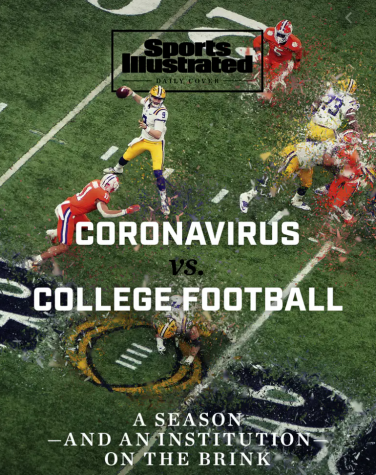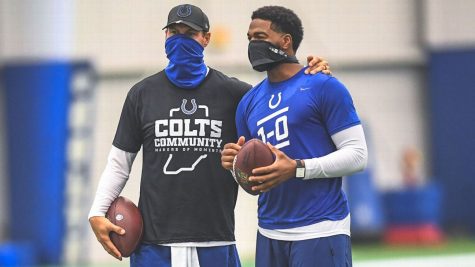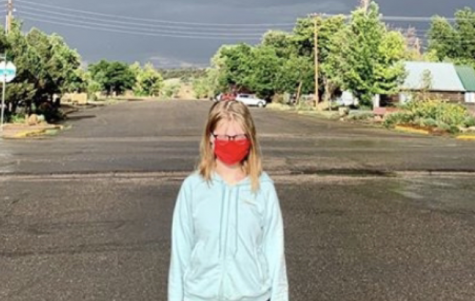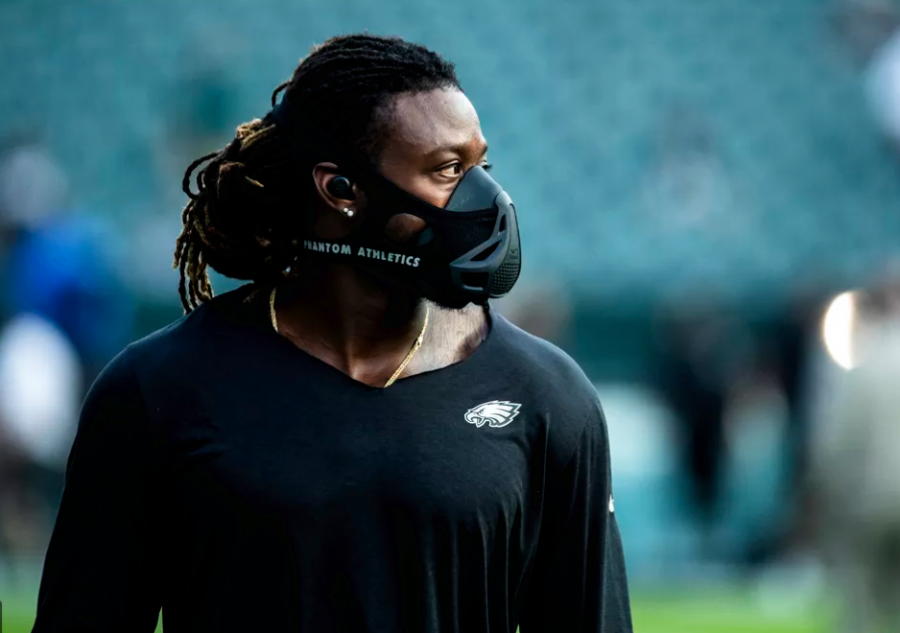Sports During COVID-19
For many Americans, the gravity of the coronavirus pandemic first hit with the suspension of the NBA season. Fear struck at the hearts of many people who believed that their Saturday morning gameday traditions and their Sunday afternoon barbeques would be cancelled. However, the same American spirit that saved the world from totalitarianism and landed a man on the moon was called upon and saved the world from a sports-free existence. Here’s a summary of the reopening plans for different sports leagues—the NBA, NFL, and NCAAF.

NBA
The NBA created a bubble in Orlando where athletes and coaches from invited teams would self-isolate. In July, teams that had a chance of making the playoff bracket were allowed to come play in the bubble, where no fans are allowed. Since the season will be played entirely on a neutral site without fans, there is no home court advantage. The reactions and excitement produced by fans of a home team are no longer present, changing the dynamic of the games. Despite changes, the NBA’s plan allows the season to continue in a way that prioritizes the health of players and coaches. This week, the Los Angeles Lakers will play the Miami Heat in the NBA finals.
NFL
Because there are many more people on each team, creating an NBA-style bubble is not feasible for football. However, the NFL does have some safety plans, including regular testing in place for this football season. The home city of each NFL team gets to decide if the stadium must be empty for that game. Although all teams allowing fans are limiting the number of tickets, the size of football stadiums means that even a fraction of the capacity is still a few thousand people. Additionally, because the home team decides the policy, a team not allowing fans will still be exposed to teams who are visiting. Because some members of the Titans tested positive for coronavirus, the Pittsburgh Steelers at the Tennessee Titans game was postponed this week.

NCAA Football
The biggest teams in the NCAAF are divided into five major groups of schools, known as the Power Five conferences. Traditionally, each Power Five school plays a few schools outside of its conference per year. However, most conferences are limiting or eliminating non-conference opponents from their schedules this year. Each Power Five Conference has made its own decision about if and how to have a college football season. The PAC 12 is the only Power Five Conference that will not play college football at all this year. The other four conferences are playing and expect to have a championship in November.
The Big 12 Conference is using a ten game schedule this year, with only one non-conference opponent allowed per team. They are testing football players three times a week. Each school is supposed to make a decision about fans based on local health guidelines.
The SEC is playing ten games, all in conference. Fans will be allowed in the stands if they follow certain masks and social distancing guidelines as well as following local regulations. Vanderbilt is currently the only team in the SEC that will not allow fans. Most other SEC teams allow around 20% of the stadium capacity to attend, which varies by school but is in the quintuple digits for most SEC stadiums.
The ACC will play eleven games this season, with ten in-conference games and one non-conference game. In an unprecedented move, traditionally independent Notre Dame has joined the ACC for this year only and will be eligible to participate in their championship. Each ACC team is making its own decision about fans. Teams that are allowing fans range from a maximum of one thousand attendees to around a quarter of capacity.
The Big Ten Conference originally planned not to have a football season at all. However, the Big Ten changed the plan following pressure from some schools, especially a very vocal Nebraska. They are now having eight conference-only games. It seems possible that Nebraska’s outspokenness played a part in their schedule—in the first two weeks, they face Ohio State and Wisconsin, the best teams in the Big Ten East and West, respectively. No public tickets will be sold to fans, although schools may decide if families of athletes can attend. Unlike other conferences, which start in September, the Big Ten will hold its first game this season on October 24th.

The COVID-19 pandemic has affected almost every aspect of American life, changing the way we communicate, work, and go to school. Instead of giving up on having seasons for the foreseeable future, the NBA, NFL, and NCAAF adapted to provide entertainment in our stressful and uncertain world.

Liza Curtright is a senior who enjoys watching football and learning about politics. She is one of the first members of Keystone’s FRC team, as well...

